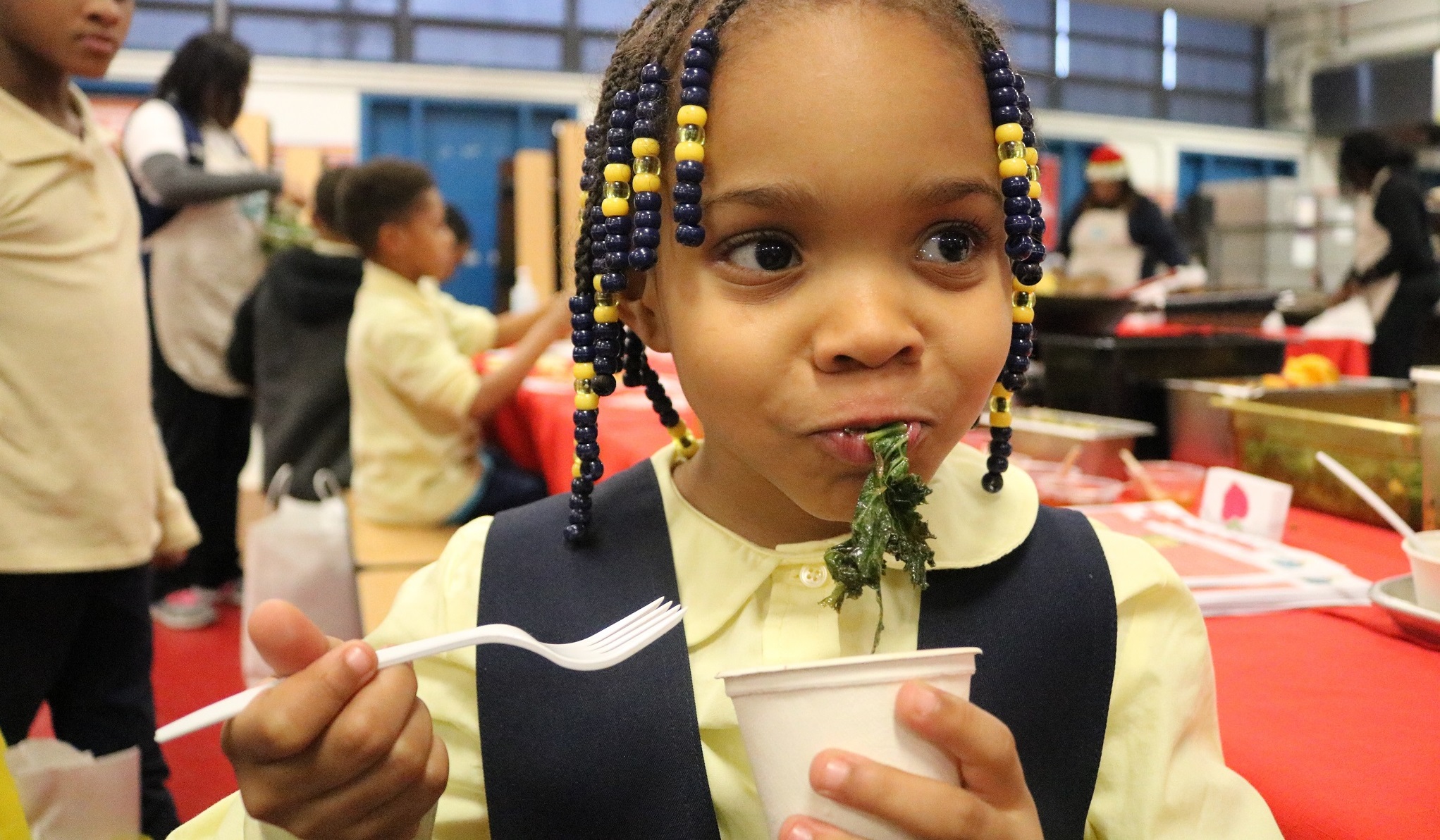When Justin came to the United States from Ghana nine years ago, he dreamed of working hard and building a family. That dream came true as he gained employment in the food industry, got married, and had three children. But with a growing family came a growing budget, and that budget soon stretched to its limits. Read More
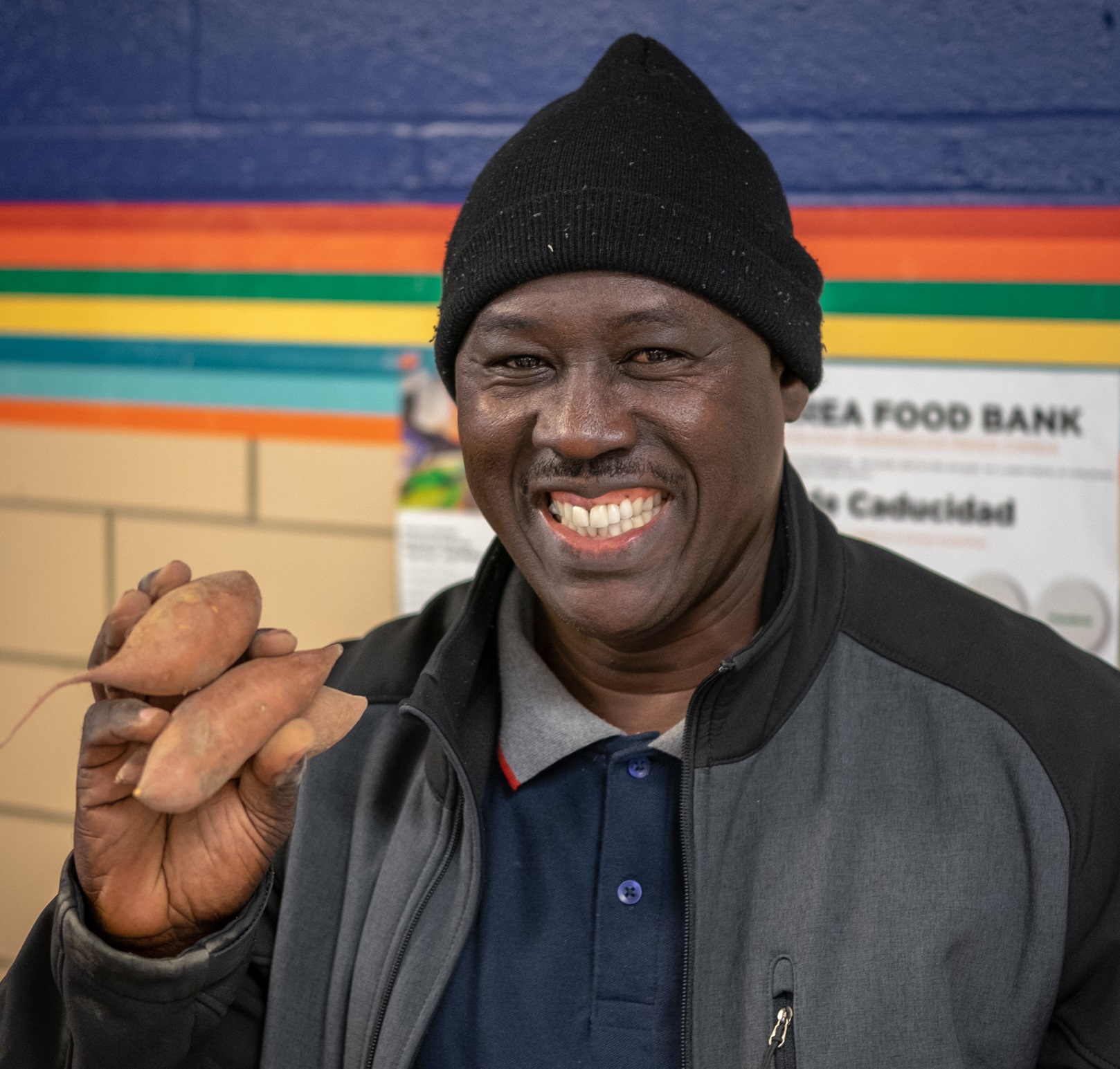
Principal Clint Mitchell recognizes the distant look in children’s eyes when they can’t concentrate, and he knows that an empty stomach is often the cause. When he came on board at Mount Vernon Woods Elementary School, he got to work making sure his school provided hunger solutions – both during the academic year and the summer months when school is out. Read More
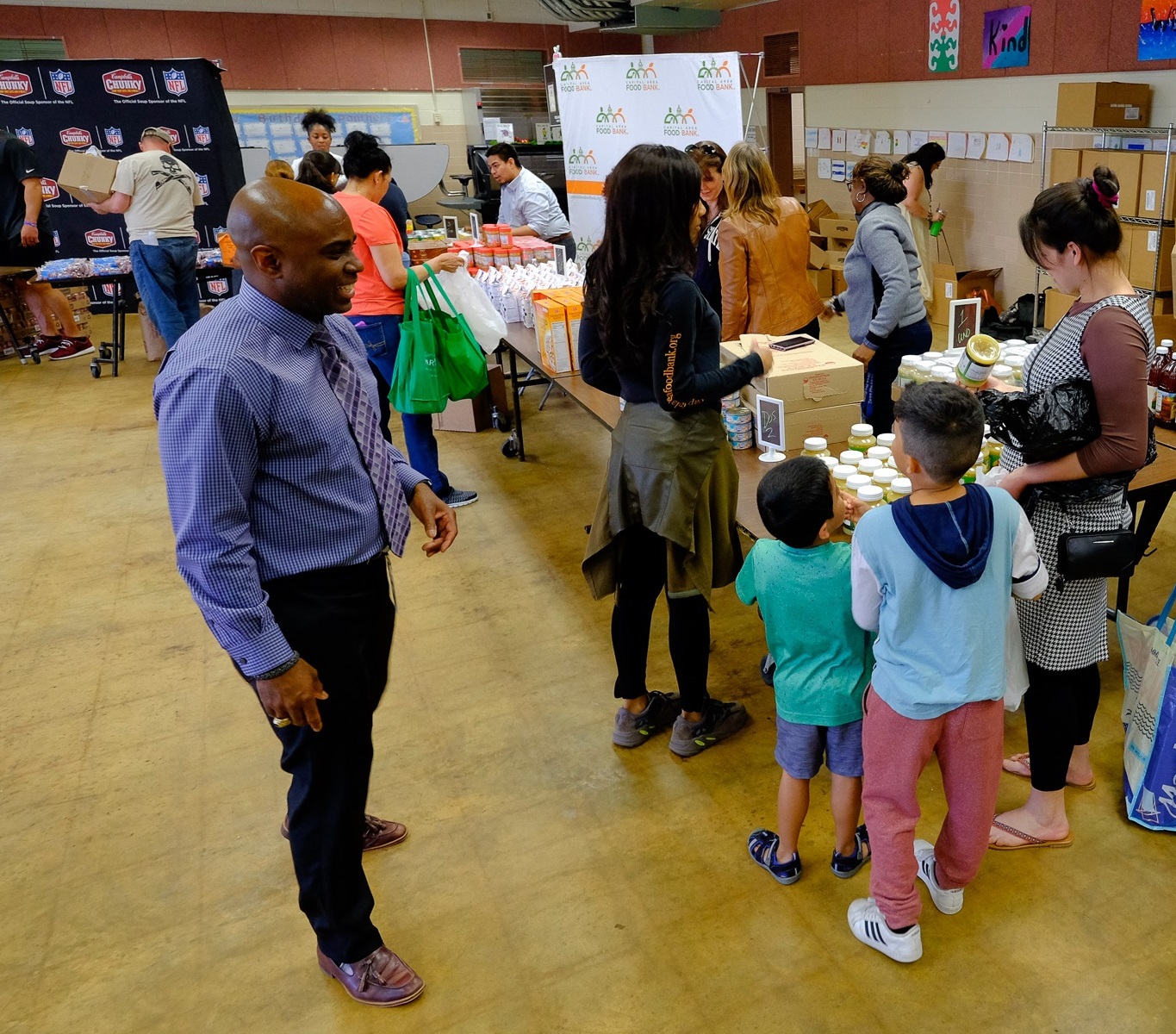
Every day, Cierra Peterson greets each child with a smile as they come through the door at Little Lights, an after-school program that partners with the Capital Area Food Bank to provide nutritious meals to the kids who attend. The daily interactions are special to her, and she knows firsthand how much positive impact it can have on children’s lives. Read More
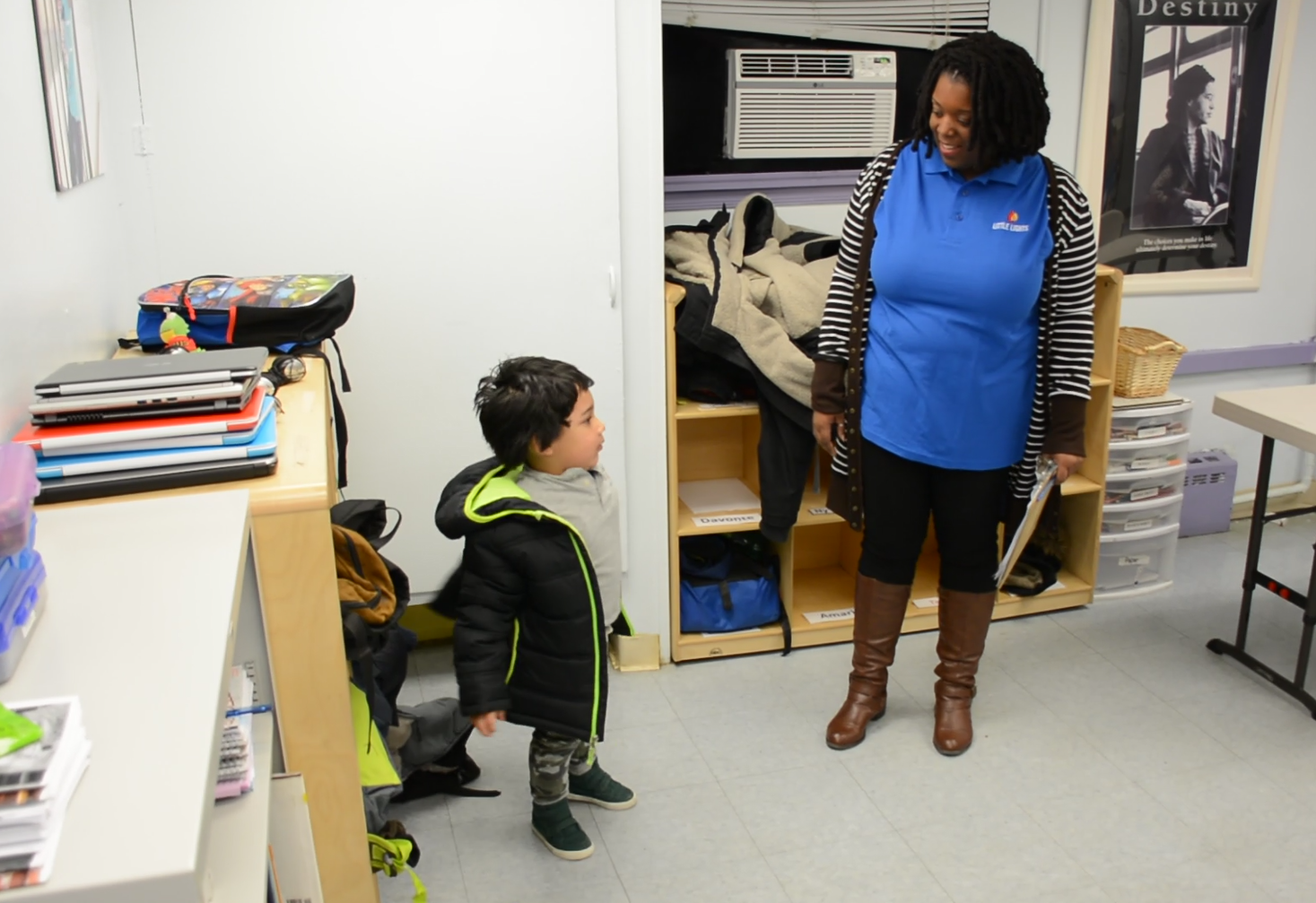
We’re in the heart of spring, and summer is on the way! Last month, we taught you how to create your very own urban container garden. Container gardening is an easy way to grow vegetables, especially when you lack yard space. But what can you grow in it? Come find out! Read More
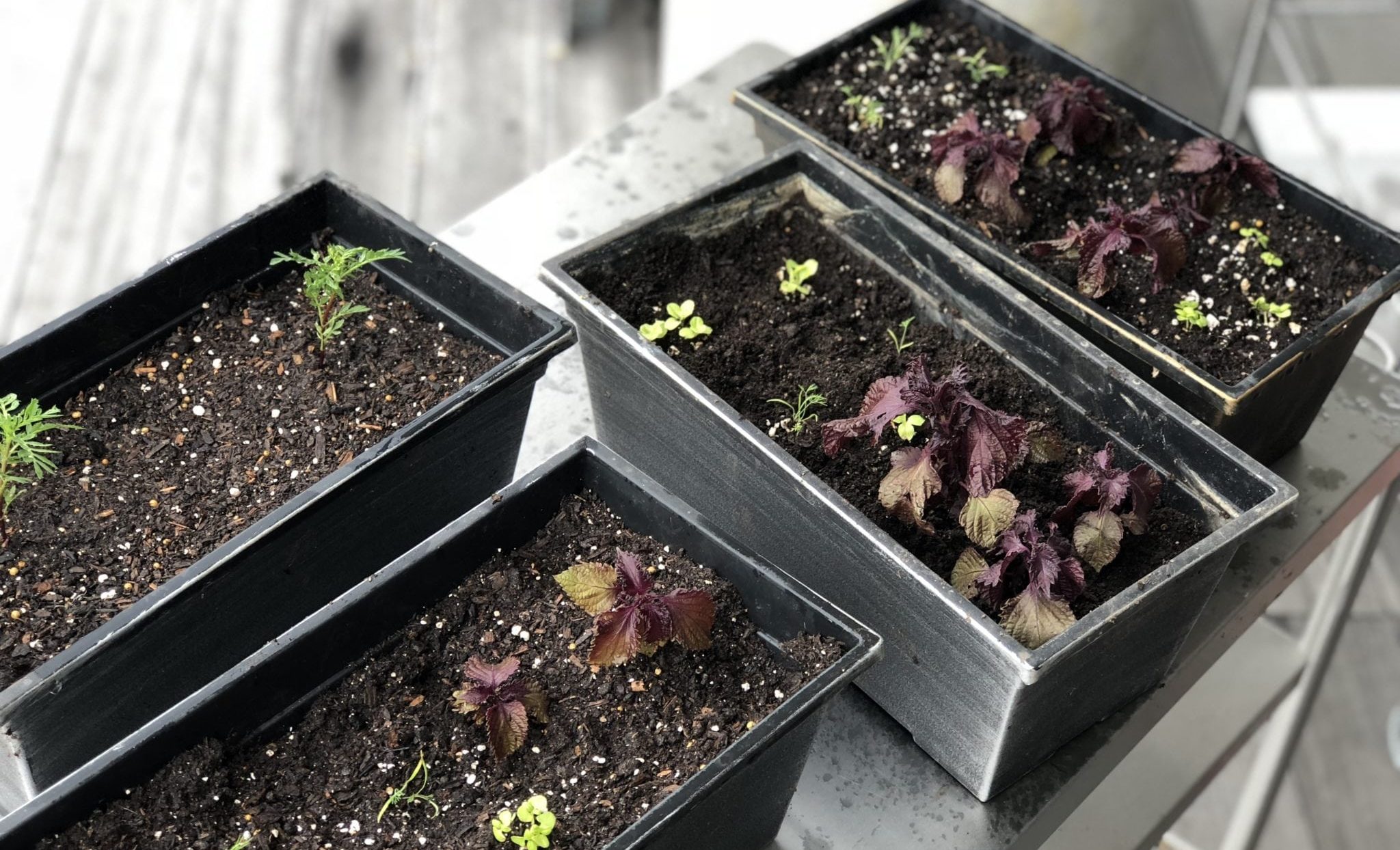
Michelle, a single mother of three whose family participates in the food bank’s Family Markets program, has always believed in the power of nutrition. She strives to put a balanced meal on the table every night, and she’s always loved to cook—meat, fish, beans, veggies, lentils. The food bank’s Family Market program helps her do that. Read More

Volunteers are the beating heart of the Capital Area Food Bank. They’re on the front lines of the distribution process every day. Volunteers provide the essential first step in getting food flowing to the men, women, and children we serve in the Greater Washington Metropolitan area. In honor of National Volunteer Month, here are five amazing things our volunteers helped accomplish this past year! Read More
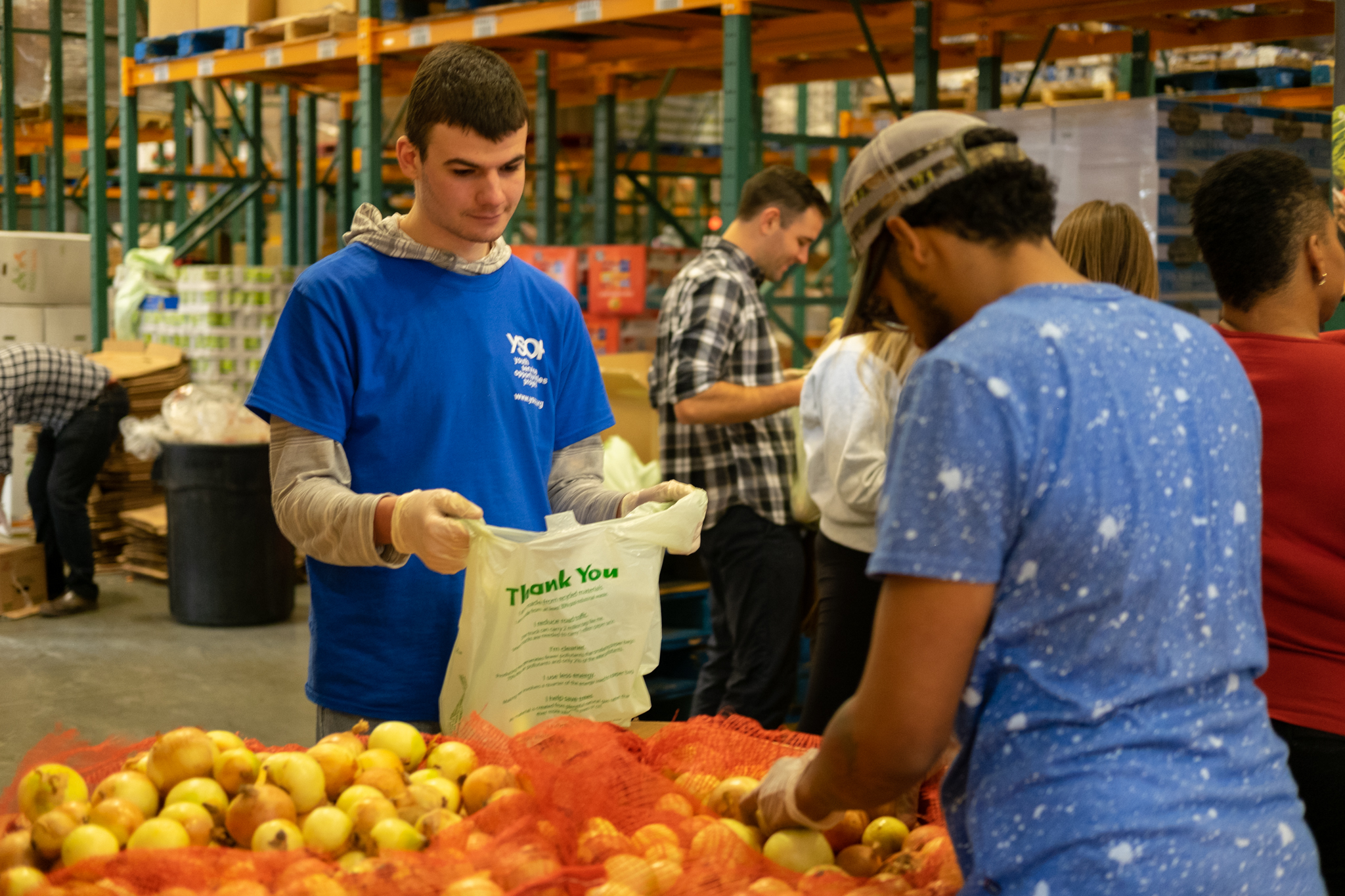
In a land of abundant food, there is also abundant waste. In fact, 40% of the food produced in the United States goes uneaten. To be a part of the solution to this problem, the food bank has made reducing food waste a core tenant; it’s part of our organizational DNA. Here are a few ways the food bank works to reduce food waste and help more people get access to the nutritious food they need. Read More
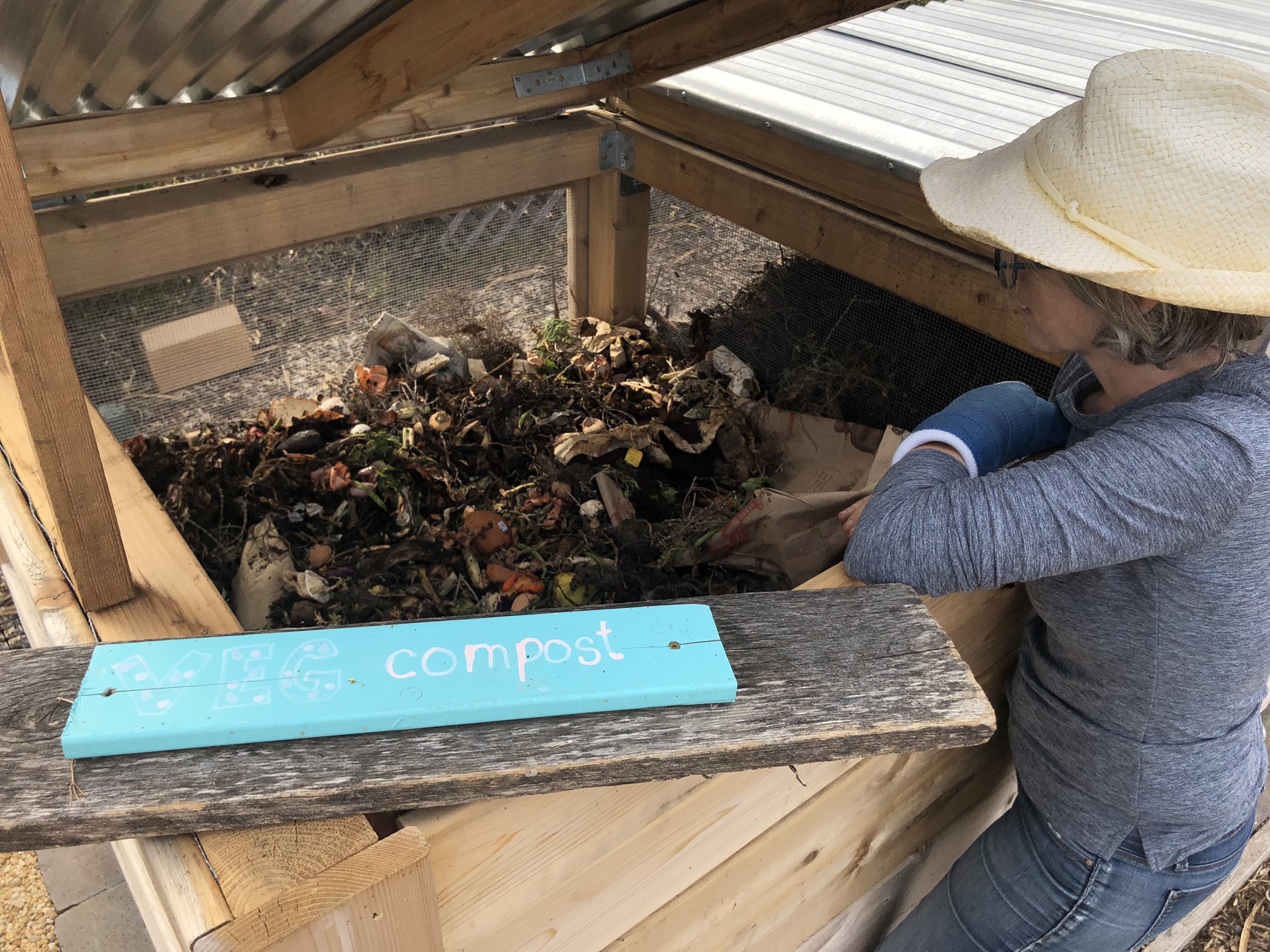
Spring is here, and with it comes the food growing season here in our area. One of the ways we grow plants at the food bank is through urban garden plots. These plots are great tools for growing veggies in a city environment, and are another way to provide food for the community! Read More
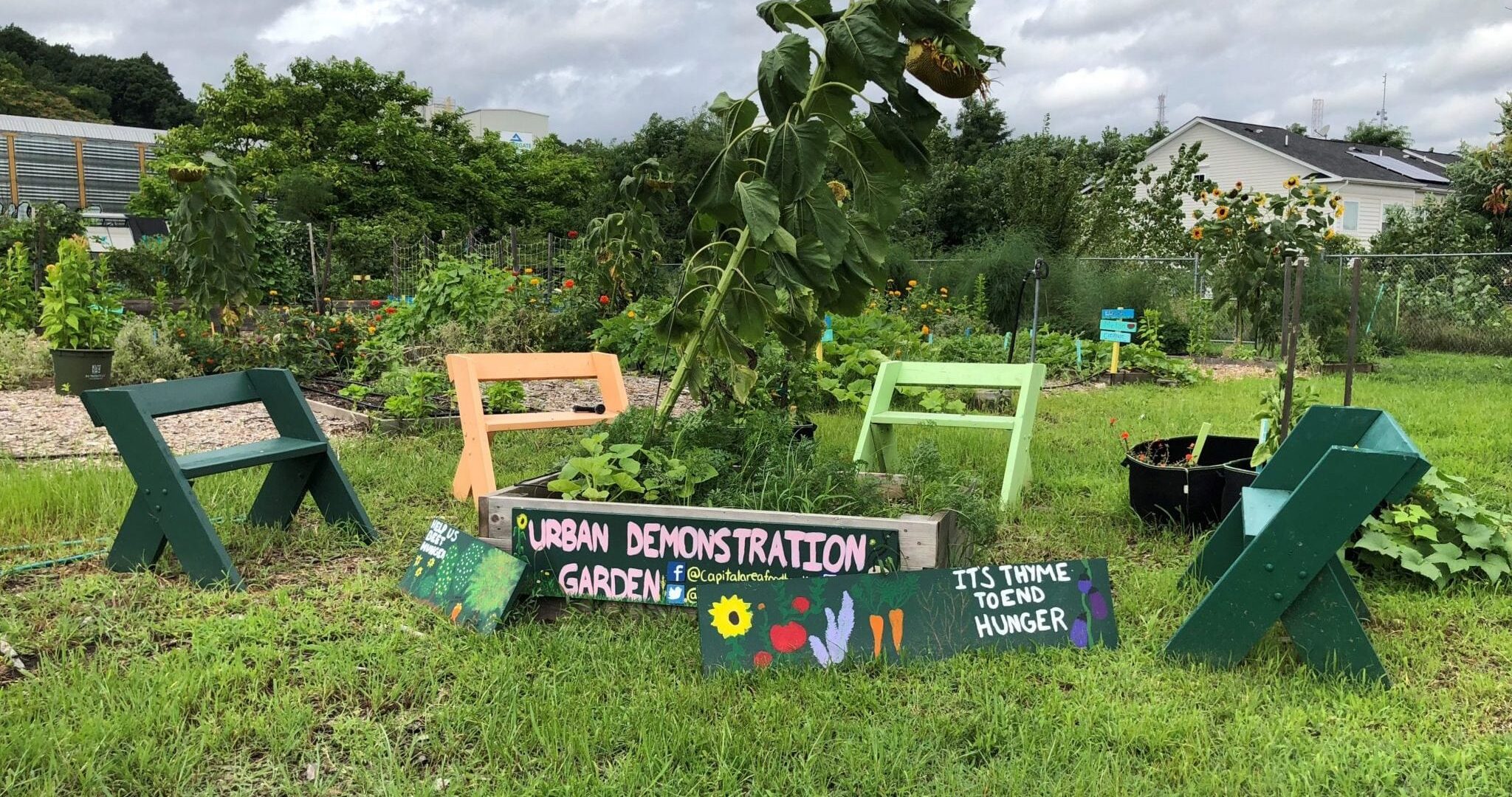
It’s National Nutrition Month and we honor the culinary imagination it takes to make food go further with what’s on hand. This month, we’re featuring our Carrot Cake Pancakes an example of a way to reduce food waste and provide a fun, nutritious meal. Read More
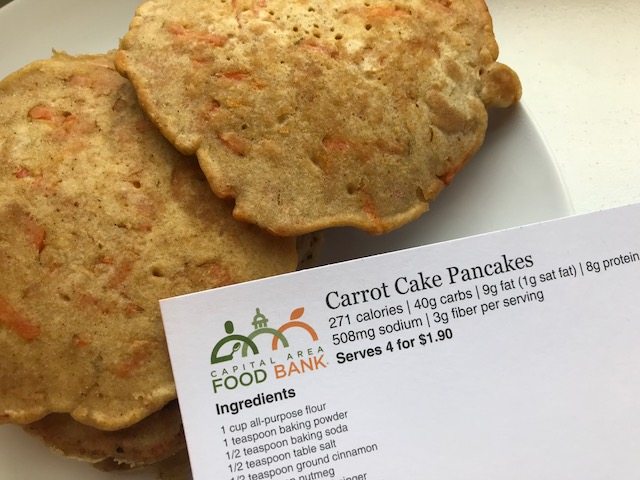
Providing healthy food to those who need it is an essential part of the food bank’s work, but it’s not the whole story. Pairing that food with education is also important so that people have the ingredients and knowledge to make nutritious, budget-friendly meals. Creating and distributing those recipes, each of which feeds a family of four for $7 or less, is where the food bank’s Nutrition Education team comes in. Read More
